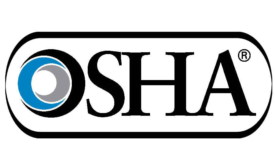Government Safety Regulations
Marijuana, opioids and cancer:
Issues that may impact the workers comp system
October 9, 2018
How to deal with disruptions, contractors & temporary workers
The trouble with turnarounds
October 8, 2018
Protective clothing for extreme environments doesn’t have to be uncomfortable
No need to be miserable
October 8, 2018
Never miss the latest news and trends driving the safety industry
eNewsletter | Website | eMagazine
JOIN TODAYCopyright ©2024. All Rights Reserved BNP Media.
Design, CMS, Hosting & Web Development :: ePublishing









